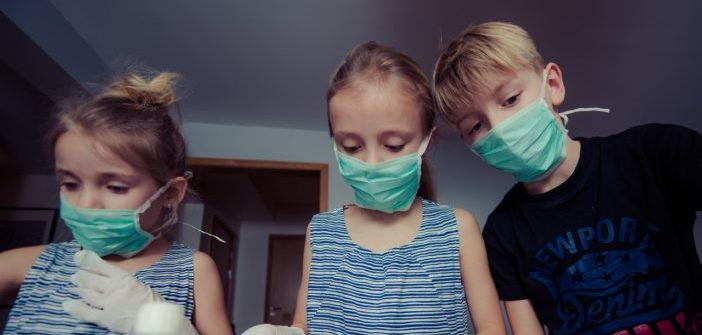If there’s a handy skill that young people of the smartphone generation need to learn, that’s first aid. Yes, it’s true that calling emergency services can be as easy as saying “Hey, Siri,” but not even the most sophisticated AI technology can beat a trained person in times of emergencies.
The British Red Cross and many responders believe that kids as young as 10 can be taught first aid and how to adapt to and act on unforeseen circumstances at home or school. There are four general reminders that kids should know if they are in emergency situations:
1. Stay calm and check if the is area safe;
2. Think before you do anything;
3. Talk to the person you are helping; and
4. Look for an adult to help.
Aside from those reminders, parents should teach their children how to properly use a communication device (smartphone, laptops, smartwatches, and the like), as well as inform them what important numbers need to be memorized and where they can get these hotlines (like a piece of paper hung on the fridge, beside the TV, etc.) and what information they need to tell a rescuer (name, location, situation).
In this edition of Doctor’s Corner, we invited Wang Xiaowei, head nurse of the OBGYN clinic at Oasis International Hospital, to give us some ideas about basic first aid skills for young kids.
Note: Some parts below also make use of the first-aid for kids guidelines from the British Red Cross.
Treating a burn
Tips/quick methods: Wash the burned areas with running water to cool down the temperature and relieve pain.
Materials and/or medication needed: Tap water
Stopping a bleed
Tips/quick methods: Apply direct pressure on the bleed and elevate the limb. Keep calm while doing the dressing.
Materials and/or medication needed: Gauze, bandages or a clean shirt
Stopping a nosebleed
Tips/quick methods: Pinch the soft part of the nose and keep the head slightly raised.
Materials and/or medication needed: Gauze
Helping someone who’s choking
Tips/quick methods: Give a quick abdominal thrust or hit the person firmly on the back, then check their mouth for anything that’s blocking their throat.
Materials and/or medication needed: None
Helping someone unresponsive
Tips/quick methods: Check for signs of breathing. If they don’t, gently tip the person’s head back to open their airway. If they are breathing, roll them on their side and tip their head back. Call emergency number 120 or 999 if this method doesn’t work.
Materials and/or medication needed: None
Helping someone with an allergic reaction
Tips/quick methods: Keep away from the cause of the allergy. Encourage them to take their anti-allergy medication if they have it; if none, immediately tell an adult. If it’s a severe allergic reaction, go to the hospital immediately
Materials and/or medication needed: Antihistamine for mild cases, epinephrine autoinjector for severe cases, which can be acquired in a hospital.
Remember, accidents can happen anytime and anywhere, and being informed and prepared can surely save lives!
Photo: Janko Ferlic via Pexels
